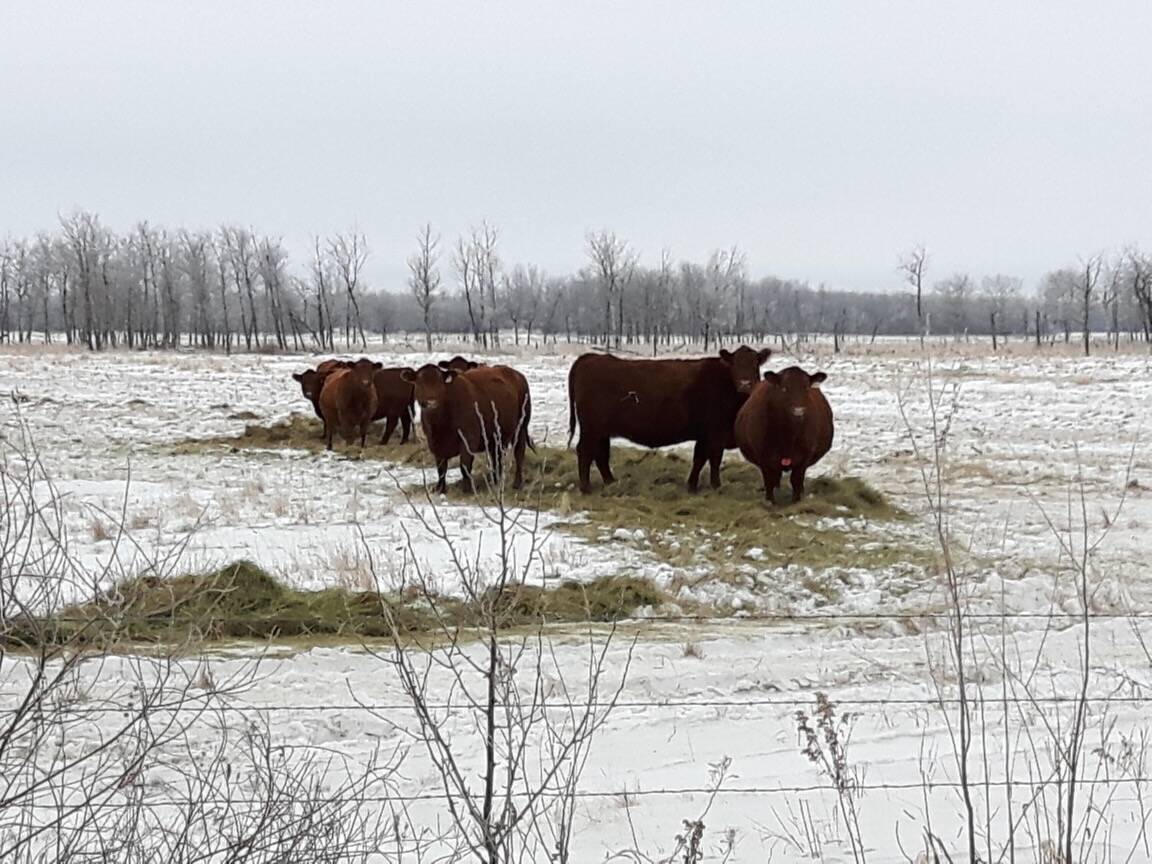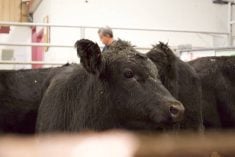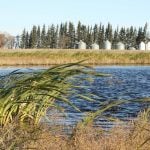A change in direction for a cow-calf producer’s operation is sometimes required for a wide range of reasons from market shifts to personal finances. To modify breeding strategies or reproductive timelines and tactics, several decisions need to be made.
Billy Whitehurst, owner and operator of Makale Livestock in Whitehall, Montana, has been in the cattle business for a long time and seen his share of ups and downs. He reminds farmers and ranchers that raising cattle is first and foremost a business and those looking to make a switch should analyze where their biggest expenses are and work on the changeable areas.
Read Also

Prevent nitrate poisoning in overwintering beef cows
High-nitrate feeds can be deadly for overwintering beef cows. They can be used, but only if they’re processed and diluted in a lower nitrate ration.
Recognizing fixtures of change
Whitehurst says certain items are a fixture of any change in strategy. The first is the owner’s personal wage. “No matter what breeding decision is looked at or what genetics you want to bring into the herd, the first expense is your wage,” he says. “Some people may be willing to work for free but for others it’s a hard number. If you can’t cover that, don’t start.”
The second constant is the animals’ need to eat. “You’ve got to keep groceries in them. If this means grazing or feeding them in a feedlot — whatever it is, you’ve got to cover it.”
Third, the chosen genetics must be able to get the cow re-bred. “She’s got to breed and be reproductively successful otherwise it’s over before it starts.”
Whitehurst’s last constant is the cost of pregnancy and depreciation of the animal. He adds these are two real costs people often don’t value enough.
Dealing with the pressures of inputs
Whitehurst says it’s not easy to make changes in breeding and operational strategies and producers should understand it doesn’t need to happen overnight. Varying degrees of pressure from expert studies and pharmaceutical and seed companies are exerted on cattlemen to toe the accepted line and do things a certain way. Most research touts the addition of more inputs to wean the biggest calf possible in the fall. Whitehurst admits input-dependent systems can work when times are good and markets are high, but questions what happens when they’re not. “Then, it can be a slow march to financial death,” he says.
He encourages thinking outside the box when changing breeding strategies. “Common themes include producing and using better pesticides, better fly control, better nutritional supplements and better vaccines so we make more money, wean a bigger calf and getting three to five per cent more of our cows bred.” Those are all measures to improve production and efficiency, but a producer also has to ask “Should that last three per cent of the herd be bred?”
If there are zero open cows, Whitehurst wonders if management is not pushing the herd hard enough and is allowing freeloaders somewhere. “One hundred per cent conception with zero inputs would be the goal, but that sounds like a world of bunny rabbits, unicorns and rainbows. Instead of building your operation around genetics that people might be trying to push on you, try to find genetics to fit your operation.”
Capitalizing on terminal sires
Finally, Whitehurst believes some producers selling weaned calves to the feedlot don’t take enough advantage of terminal sires in their operations. “When going to the work of changing breeding strategies, this is a staple to take advantage of. If using equally masculine and feminine bulls and females to get both growth and maternal traits, we’re in the middle of the road and going to get hit by traffic from both directions.”
He encourages producers to use easy-calving terminal sires whose offspring will continue to grow once they hit the ground and be the biggest and growthiest cattle for the feedlot.
Whitehurst says various breeding strategies aim for the average with their genetics. “Speaking in a general sense, you’re giving up some maternal traits if you’re using a bull producing calves feedlots are in love with,” he says. “And you’re sacrificing growth traits if you’re using a bull with too many maternal qualities.”
Whitehurst understands making changes in reproductive and breeding strategies can be unsettling but urges farmers and ranchers to believe it’s alright to change to create improvements, even in the face of outside pressures. “Somebody once said ‘the first thing you have to change is your mind and then determine that it’s okay to do something different,’” he says. With so much at stake, this sounds like another good strategy.















